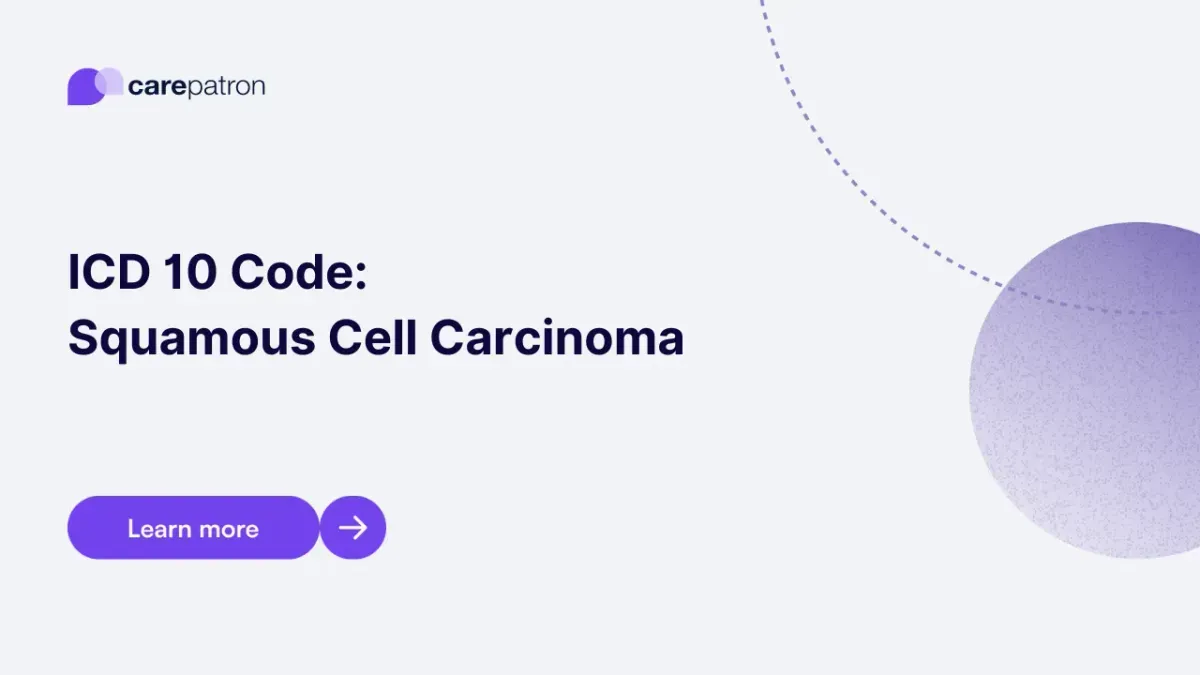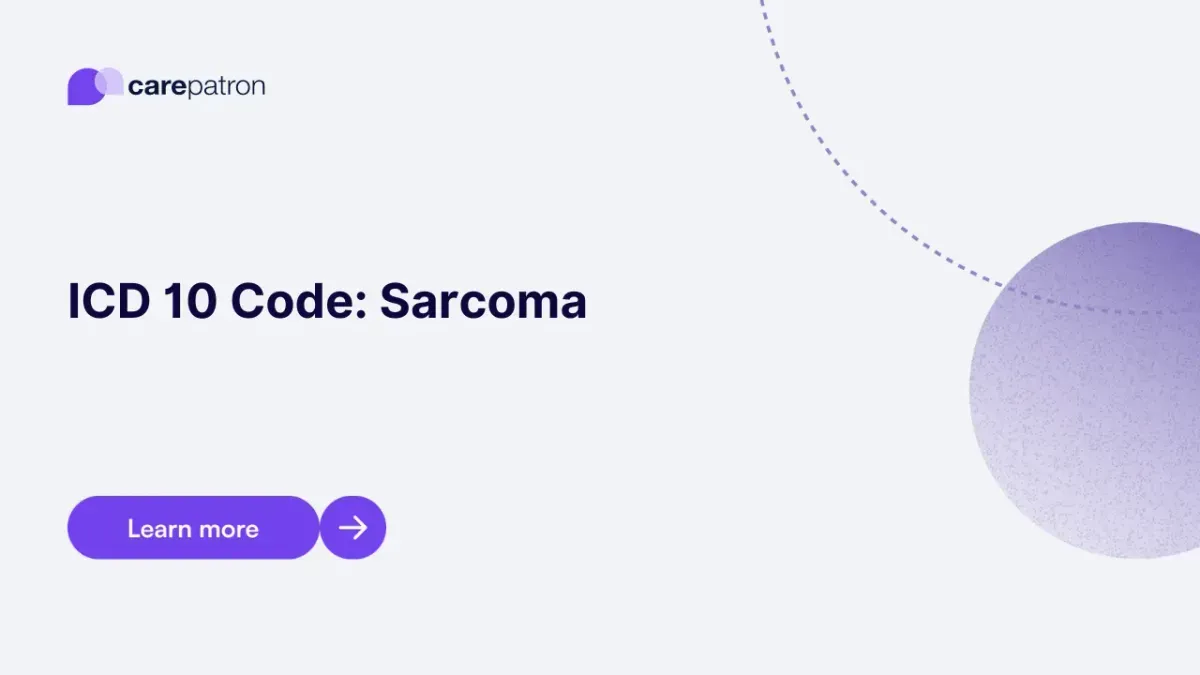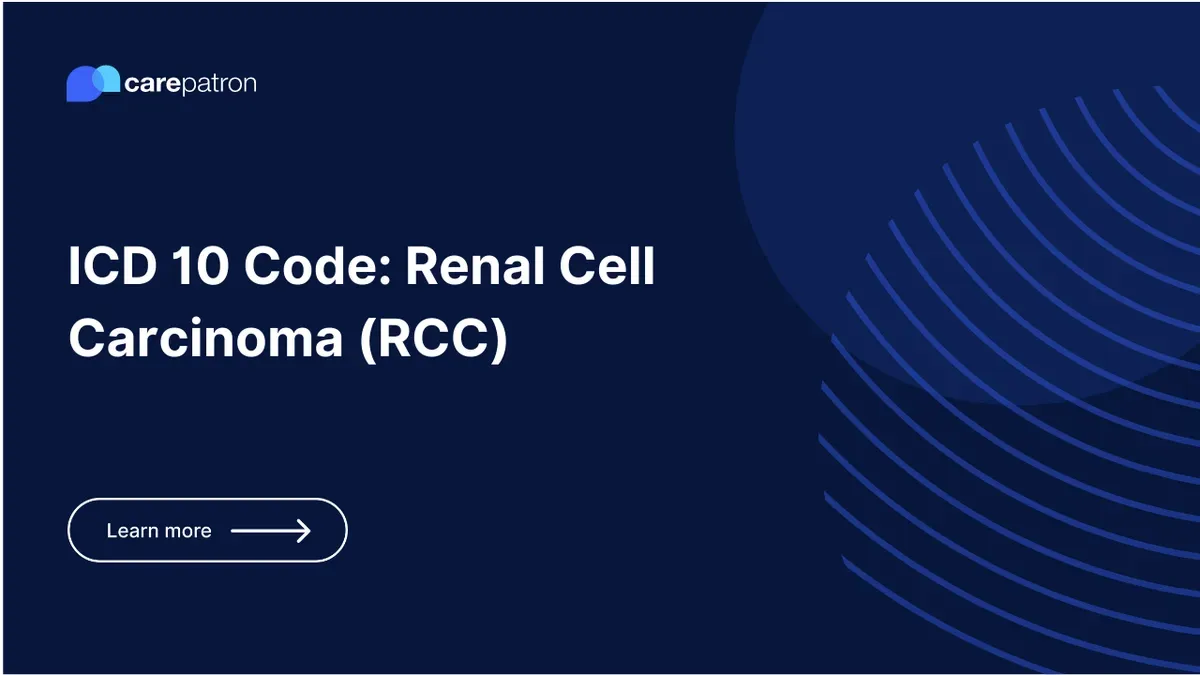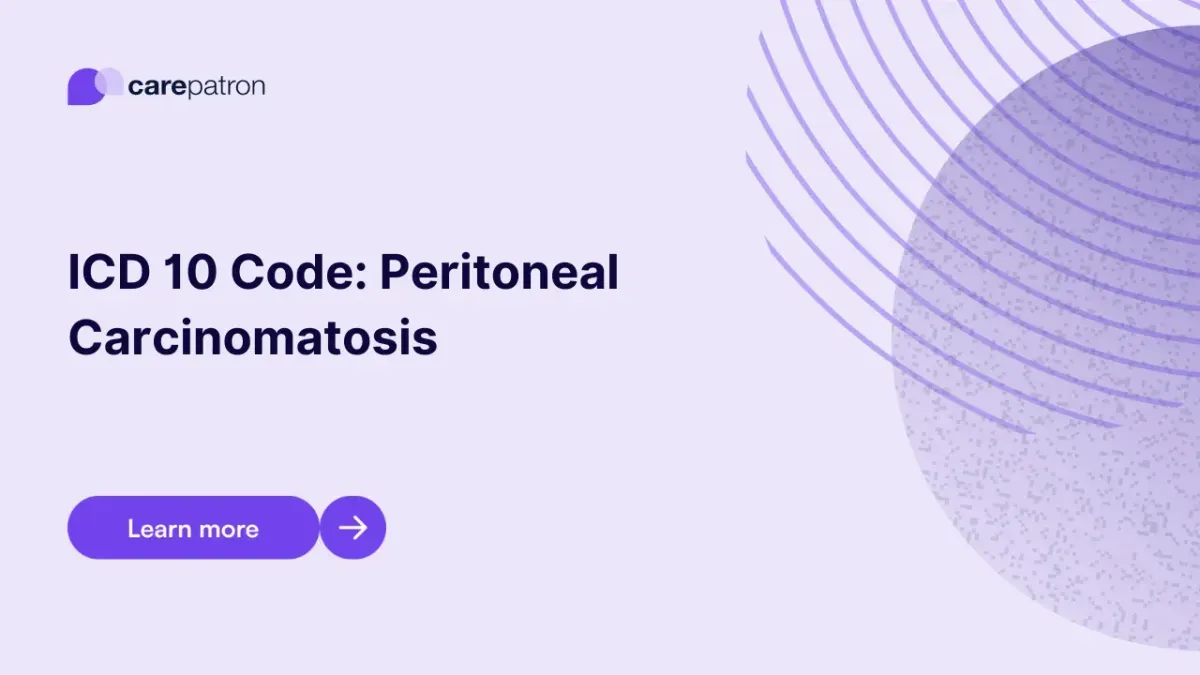II: Neoplasms (C00-D49)
Explore the fascinating world of neoplasms with our comprehensive ICD-10 category II page. Here, you will find a wealth of information about various types of tumors and cancers, ranging from benign to malignant. We have curated a collection of resources that delve into the intricacies of specific neoplasms, providing you with valuable insights into their diagnosis, treatment, and management. Within this category, you will discover a wide array of common conditions, including breast cancer (C50), lung cancer (C34), prostate cancer (C61), and many more. Each condition has its own dedicated page, offering in-depth information on its symptoms, risk factors, and available treatment options. Additionally, you will find links to related subclassifications, allowing you to explore the different stages, histological types, and anatomical sites associated with neoplasms. Whether you are a healthcare professional seeking to expand your knowledge or an individual looking for reliable information about a specific neoplasm, our ICD-10 category II page is your go-to resource. Join us as we unravel the complexities of neoplasms and empower ourselves with the latest insights in the field.
Squamous Cell Carcinoma ICD-10-CM Codes
Explore ICD-10-CM codes for squamous cell carcinoma. Learn about common codes, billable statuses, and gain clinical insights in this comprehensive guide.
Splenomegaly
Discover the updated ICD-10-CM codes for splenomegaly in 2025. Ensure accurate coding and billing for this medical condition.
Small Cell Lung Cancer ICD-10-CM Codes
Read this short guide and learn about small cell lung cancer you can use for accurate medical billing and coding.
Sarcoma ICD-10-CM Codes
Explore updated Sarcoma ICD-10-CM codes for 2025. Learn about malignant neoplasms, connective and soft tissue tumors, diagnosis, billing, and treatment.
Right Breast Cancer ICD-10-CM Codes
Learn which ICD-10 codes you can use for right breast cancer diagnoses and billing.
Renal Cell Carcinoma ICD-10-CM Codes | 2023
Your quick guide to Renal Cell Carcinoma ICD codes in 2023. Get specific codes, clinical information, synonyms, FAQs, and more.
Rectal Cancer ICD-10-CM Codes
Explore valid ICD-10 codes for rectal cancer, including C19 and C20. Learn about diagnosis, treatment, billing, and clinical documentation guidelines.
RCC ICD-10-CM Codes
Here’s our mini guide to ICD-10 codes for RCC. Click here to learn more about the codes’ clinical descriptions, billability, and synonyms.
Prostate Cancer ICD-10-CM Codes
Want to understand prostate cancer better? Learn how accurate coding helps with diagnosis, treatment, and making billing easier for healthcare professionals.
Peritoneal Carcinomatosis ICD-10-CM Codes
Read this short guide and learn about peritoneal carcinomatosis ICD codes you can use!
Parotid Mass ICD-10-CM Codes
Learn more about the ICD-10 code for parotid mass for more accurate parotid mass coding.
Pancreatic Mass ICD-10-CM Codes
Read this short guide and learn about pancreatic mass ICD codes you can use.
II: Neoplasms (C00-D49)
The "Neoplasms" category in the ICD-10 classification system is a comprehensive and detailed framework meticulously designed for the classification and coding of tumors or neoplasms. It is an invaluable resource for healthcare professionals, particularly those in the field of oncology, as it guides them in accurately coding and documenting cancer cases. ICD 10 guides within this category provide extensive information on the hierarchical structure of codes, which is based on the neoplasm's anatomical location and histological characteristics. These guides are instrumental in cancer research, enabling researchers to analyze cancer incidence, trends, and outcomes comprehensively. Furthermore, they aid healthcare providers in delivering precise patient care, assisting in determining the type and extent of cancer, selecting appropriate treatment modalities, and assessing prognosis. Cancer registries heavily rely on ICD guides for epidemiological purposes, playing a significant role in advancing cancer prevention and treatment strategies. Accurate coding in the "Neoplasms" category also plays a crucial role in healthcare resource allocation. It helps healthcare systems anticipate the demand for cancer-related services, plan for necessary treatments and surgeries, and allocate resources accordingly. This proactive approach ensures that cancer patients receive timely and appropriate care, improving their chances of successful outcomes.












